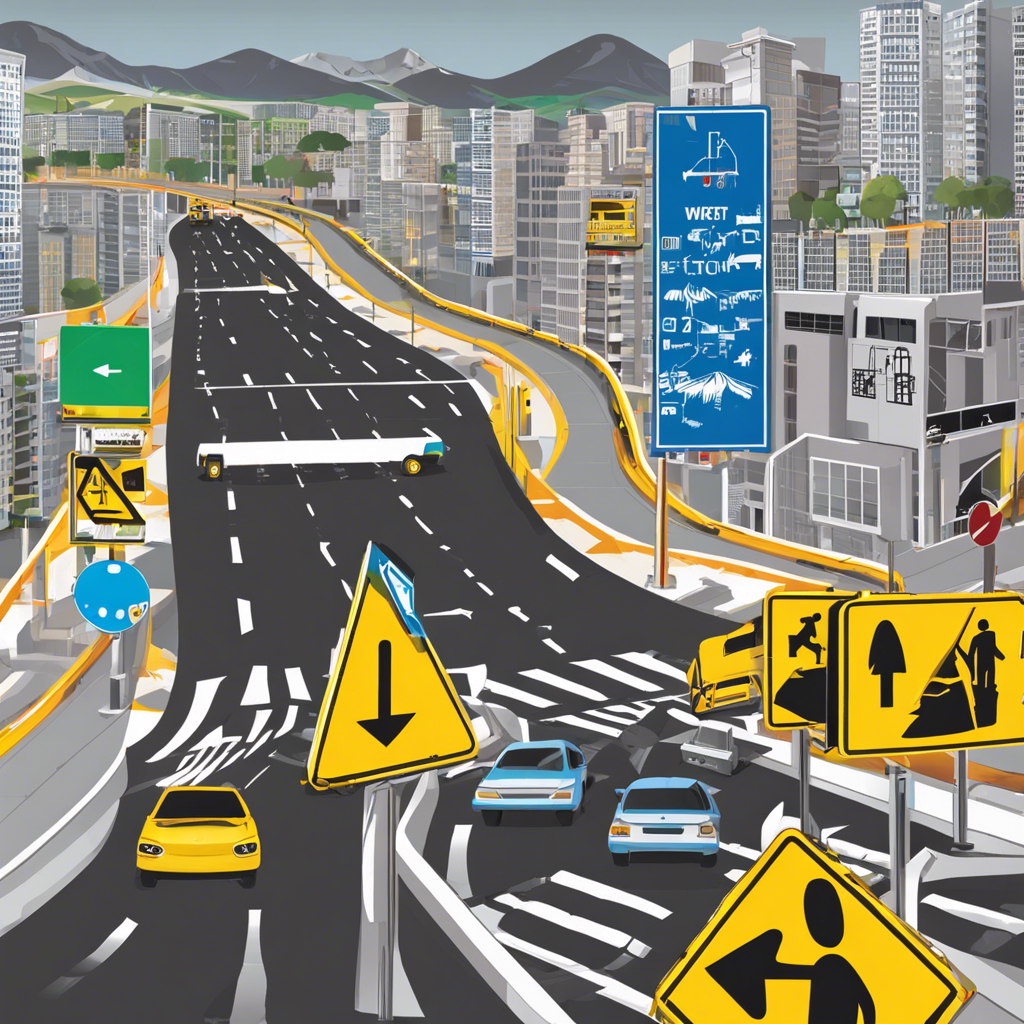This article explores the role of road signage in accident prevention, evaluating its effectiveness and considering improvements to enhance safety.
Road safety is a critical concern for transportation authorities worldwide, and one of the key tools in their arsenal to reduce accidents is effective signage. A well-designed and strategically placed sign can provide essential information to drivers, helping them navigate roads safely and efficiently. This article delves into the effectiveness of road signage in reducing accidents, examining its impact on driver behavior and overall road safety.
The role of road signage in accident prevention
Road signage plays a vital role in communicating important messages to drivers, ranging from speed limits and road closures to warnings about upcoming hazards. These signs are designed to catch drivers’ attention and convey critical information in a matter of seconds, allowing them to make quick decisions and adjust their driving behavior accordingly.
By providing clear and concise instructions, road signage contributes to a safer driving environment. For instance, studies have shown that speed limit signs can significantly impact driver behavior, with a 2011 report by the Federal Highway Administration revealing that speed limit compliance increased by 16% after new signage was introduced in a test area. Such findings highlight the effectiveness of well-designed and properly placed signage in influencing driver behavior.
Key components of effective road signage
Several factors contribute to the success of road signage in reducing accidents. These include:
Visibility and legibility
Sign visibility is crucial for effective communication. Signs should be easily visible from a reasonable distance, and their message should be legible under various lighting conditions and weather situations. Reflective materials and proper sign placement can significantly improve visibility and legibility.
Placement and timing
The strategic placement of signs is essential to ensure they have the desired effect. Signs should be positioned in a way that gives drivers enough time to react to the information provided. For instance, warning signs for upcoming hazards should be placed well in advance to allow for adequate braking distance.
Consistency and standardization
Using consistent sign designs and messages across a road network simplifies understanding and improves driver responseThe effectiveness of road signage in reducing accidents, provide a framework for consistent signage.
Examples of effective signage practices
- Using high-contrast colors to enhance visibility, such as black text on a yellow background for warning signs.
- Implementing variable message signs that can adapt to real-time traffic conditions, providing drivers with dynamic and relevant information.
- Incorporating interactive technology, like LED panels, to create more engaging and attention-grabbing signs.
Challenges and improvements in road signage
Despite the effectiveness of road signage, there are challenges to overcome. One significant issue is driver familiarity, which can lead to complacency and reduced attention to signs. This is particularly relevant in urban areas with high traffic volumes.
To address this, transportation authorities can implement innovative signage solutions, such as dynamic signs that provide real-time information or interactive displays that engage drivers more actively. For instance, a 2016 study from the University of Kansas suggests that dynamic speed limit displays can enhance driver compliance, especially in areas with changing road conditions.
Additionally, sign maintenance and timely replacement are crucial to ensure they remain effective. Regular inspections and swift replacement of damaged or faded signs are essential to maintaining a safe road environment.
FAQs about road signage and accident reduction
Q: How do road signs impact driver behavior?
A: Road signs provide essential information that guides drivers’ actions. Well-designed signs can influence driving behavior by encouraging compliance with speed limits, yielding to other vehicles, or taking necessary precautions when approaching hazards.
Q: Are there any alternatives to traditional road signage?
A: While traditional signage remains a cornerstone of road safety, innovative technologies are emerging to complement and enhance their effectiveness. These include variable message signs, smart traffic lights, and in-vehicle warning systems that provide real-time information to drivers.
Q: What makes a road sign effective?
A: An effective road sign combines several factors, including clear and concise messaging, high visibility and legibility, proper placement, and adherence to standardized design principles. These elements ensure that signs capture drivers’ attention and convey critical information effectively.
Conclusion
Road signage plays an indispensable role in accident prevention by providing drivers with crucial information to navigate roads safely. The effectiveness of signage depends on its visibility, legibility, and strategic placement. Transportation authorities should continually evaluate and improve signage systems, embracing innovative technologies to enhance their impact on driver behavior and overall road safety.
Suggested external links and anchor text:
FHWA Report: Impact of Speed Limit Signs on Driver Behavior
